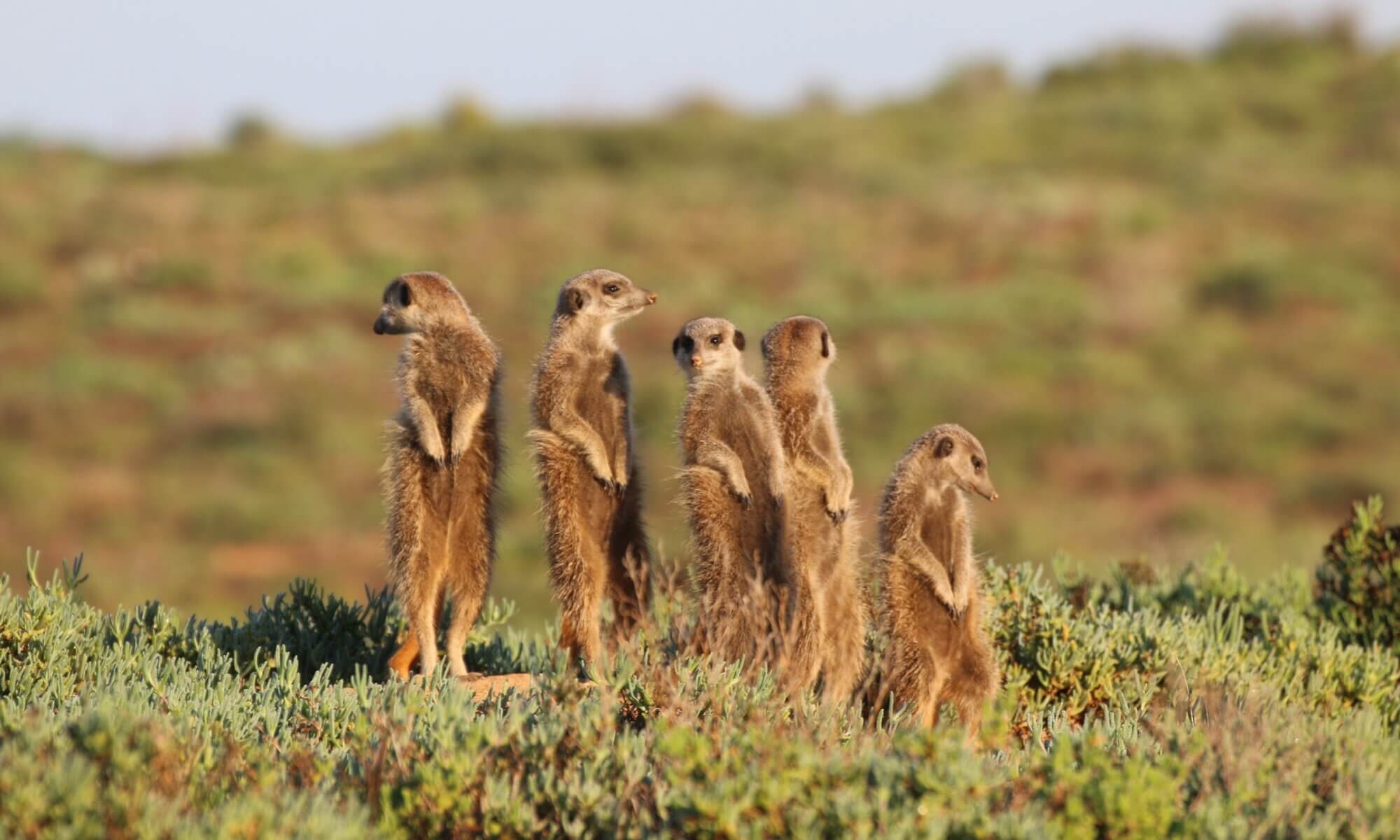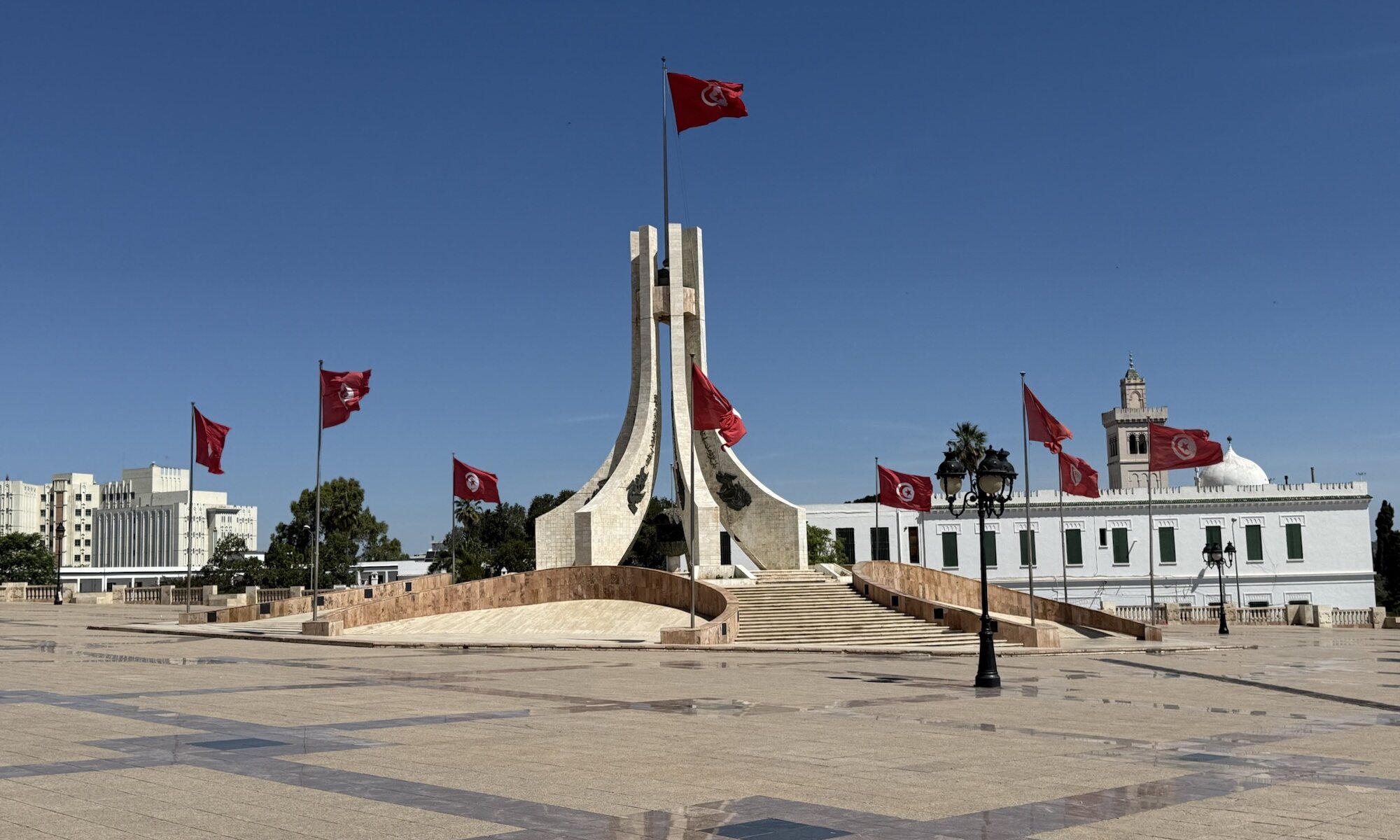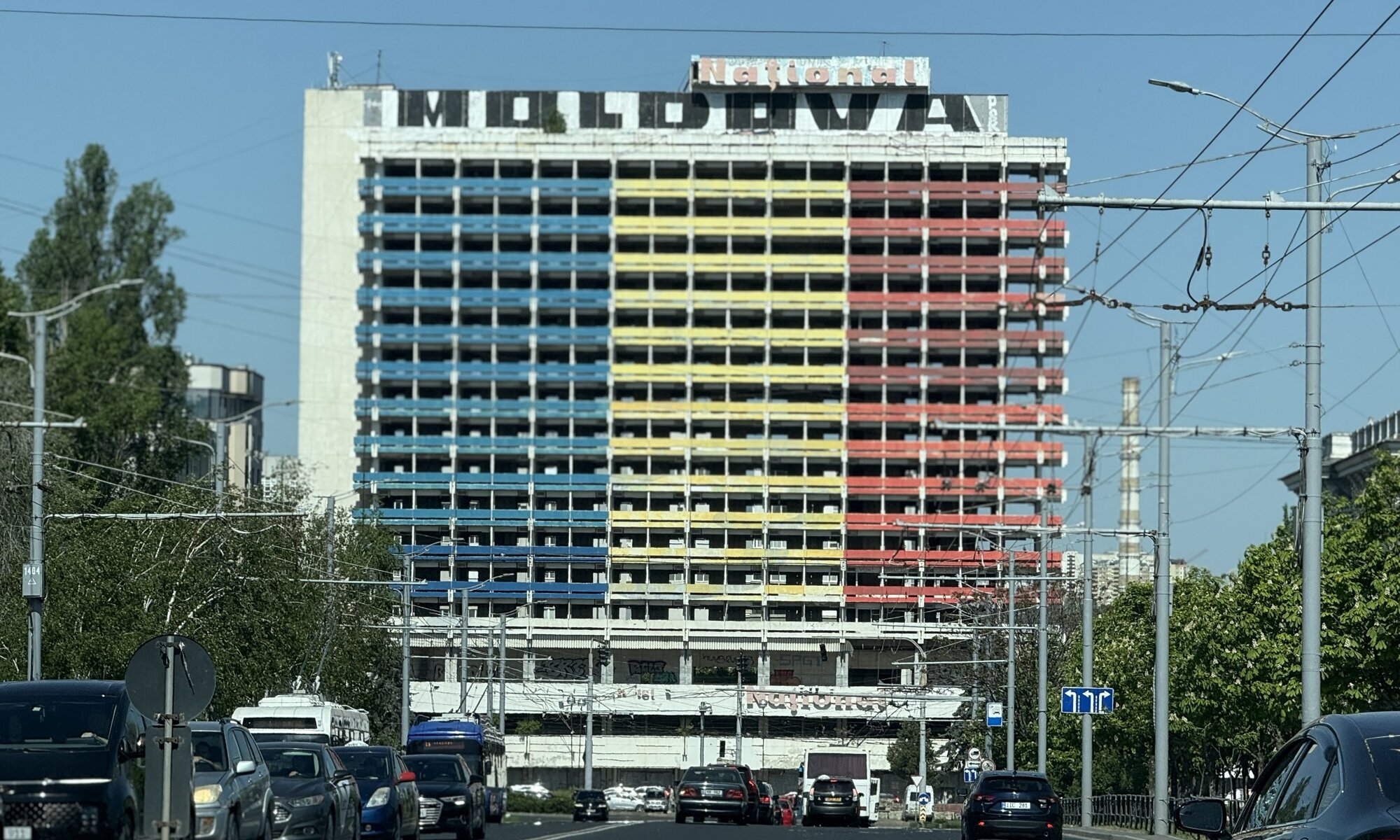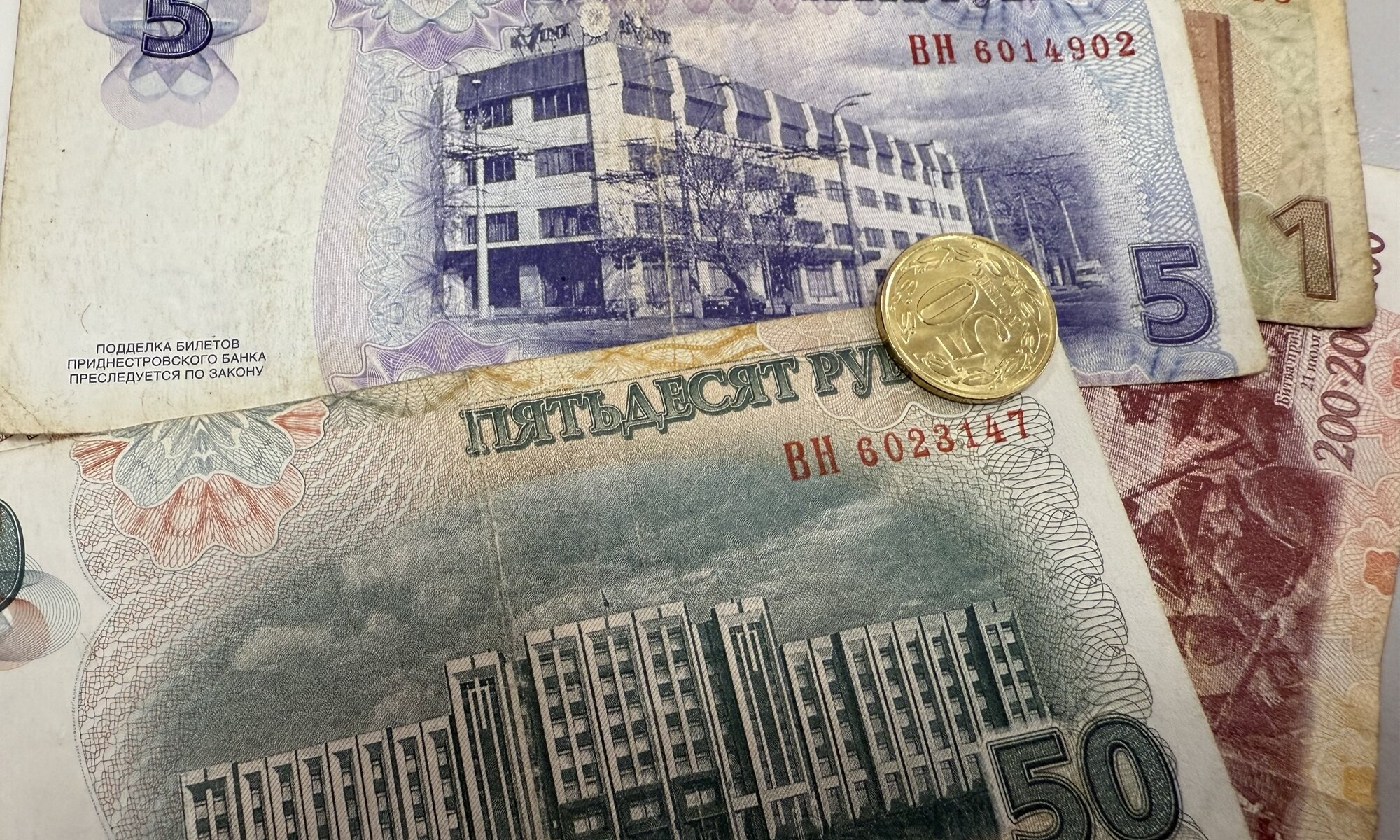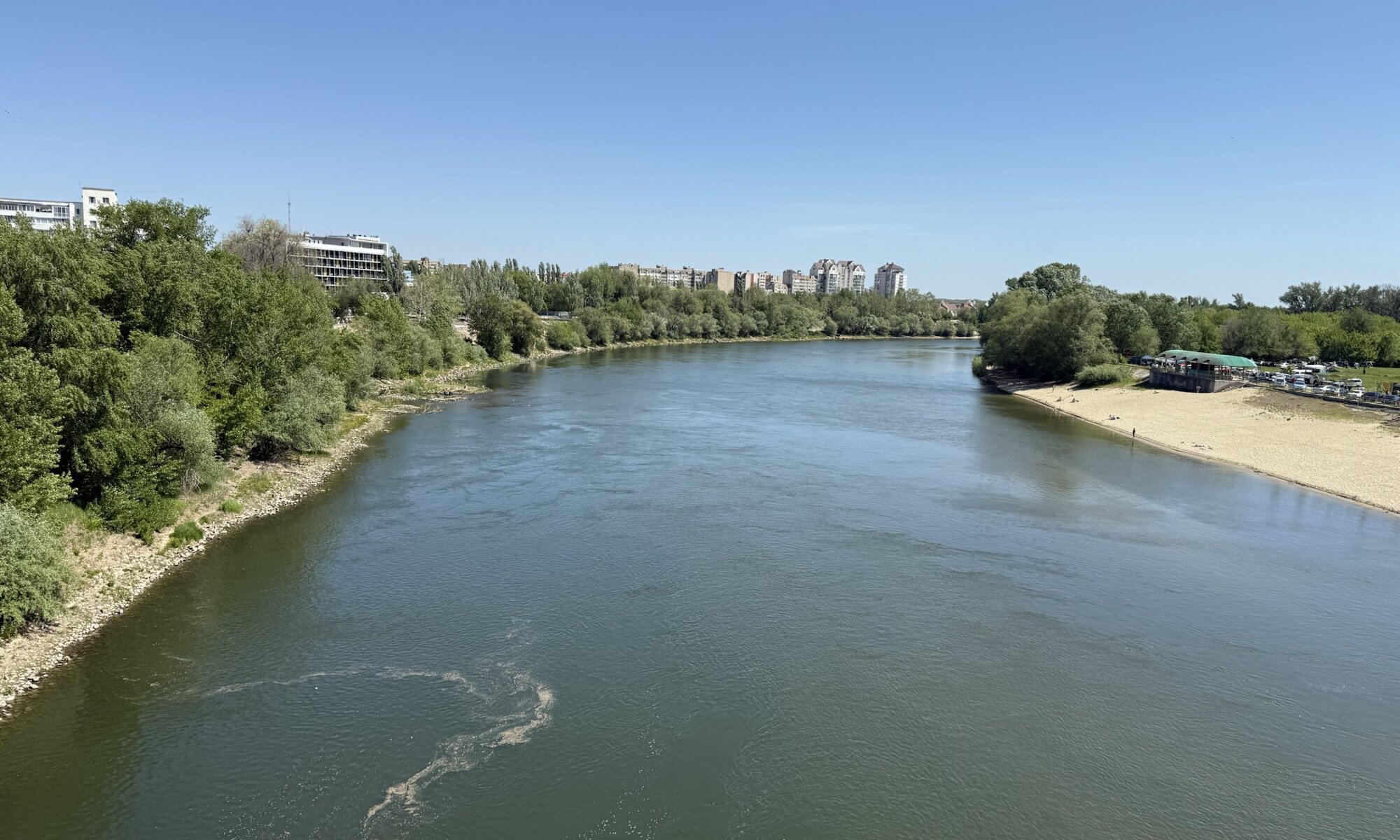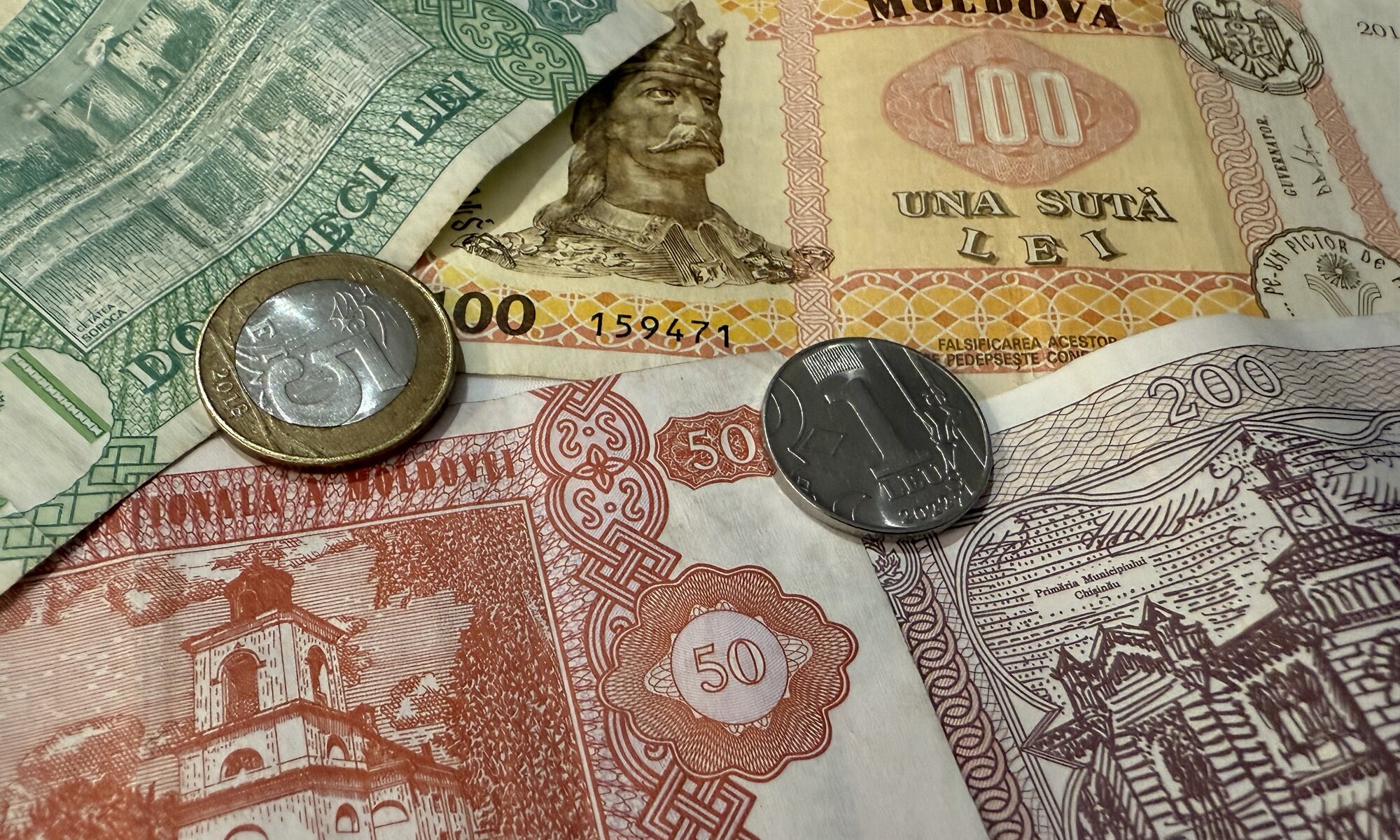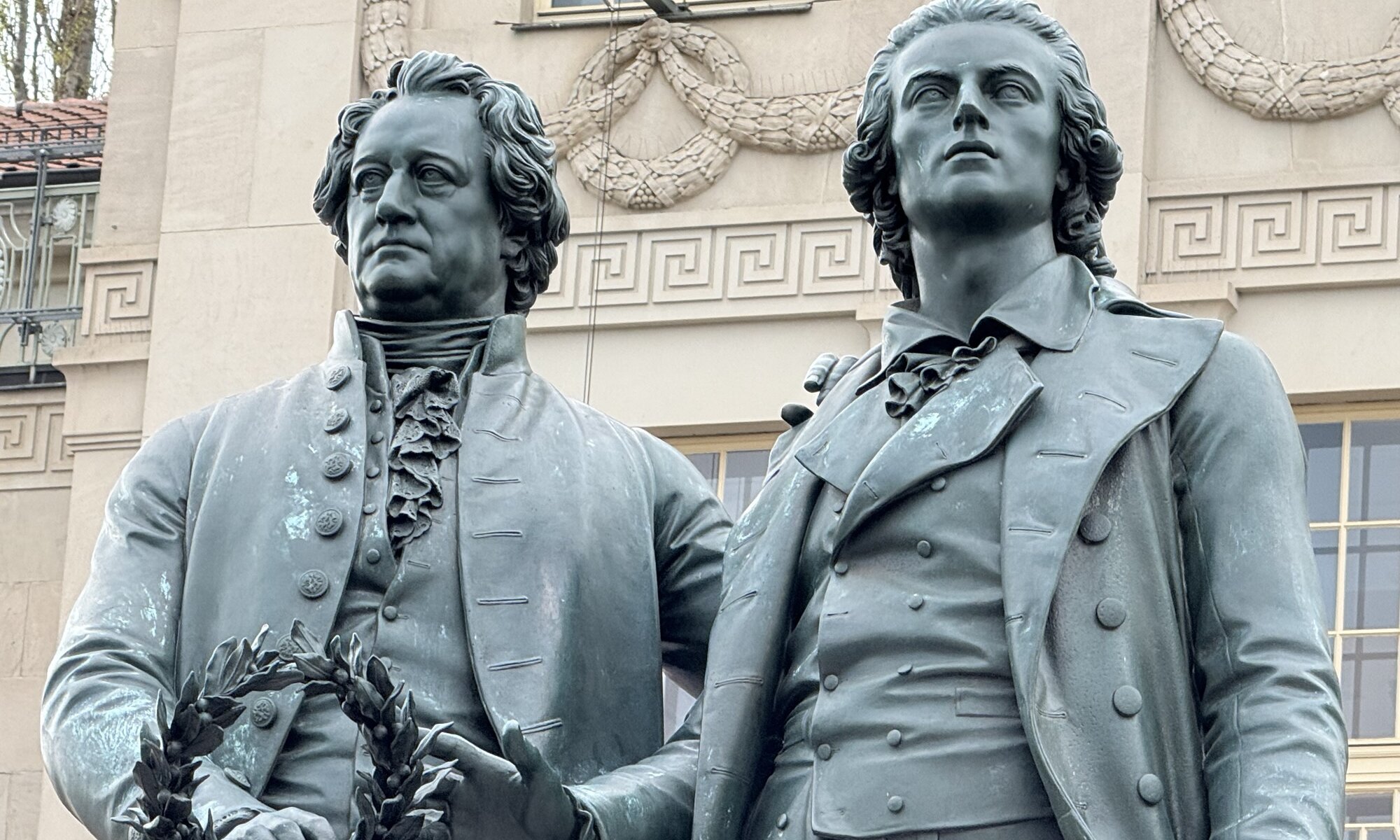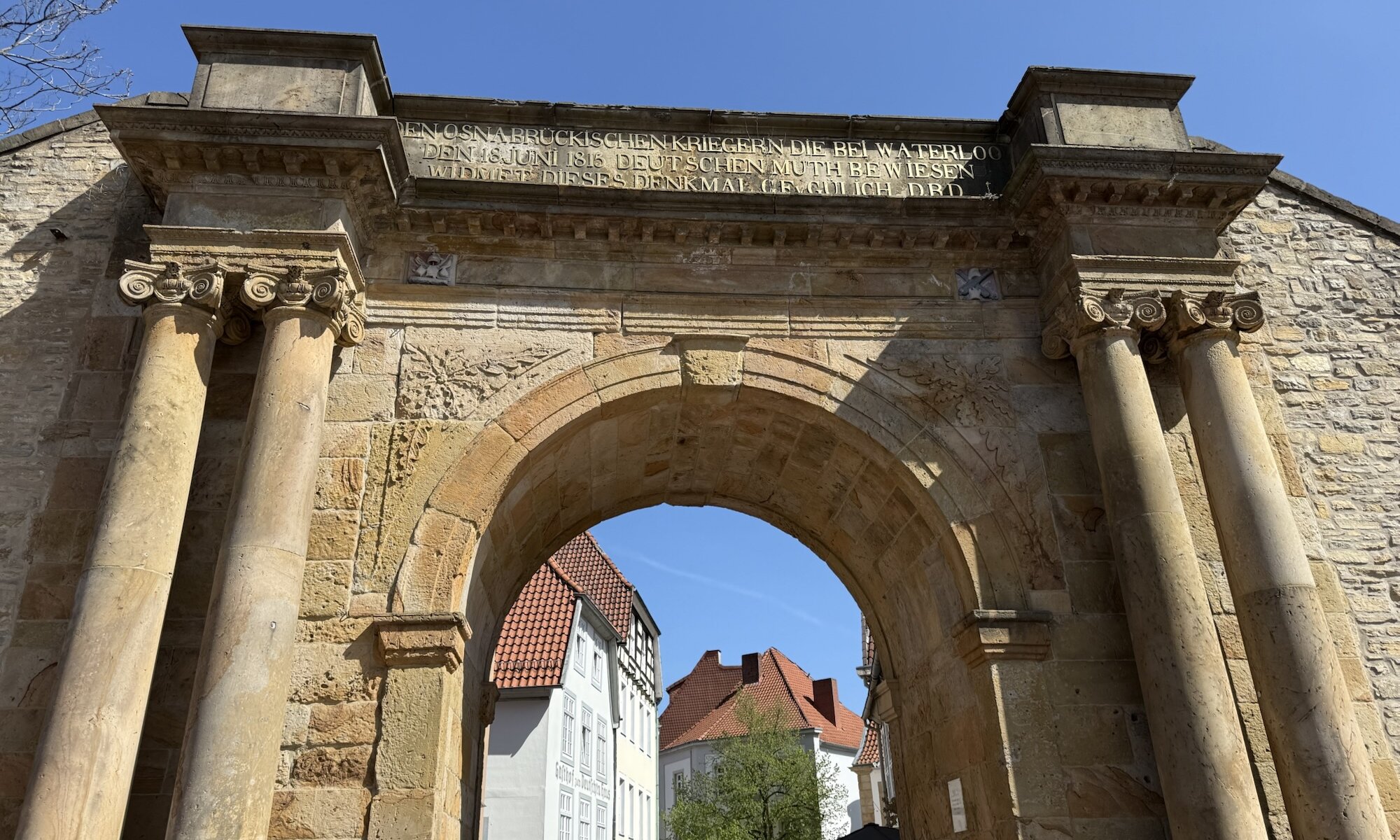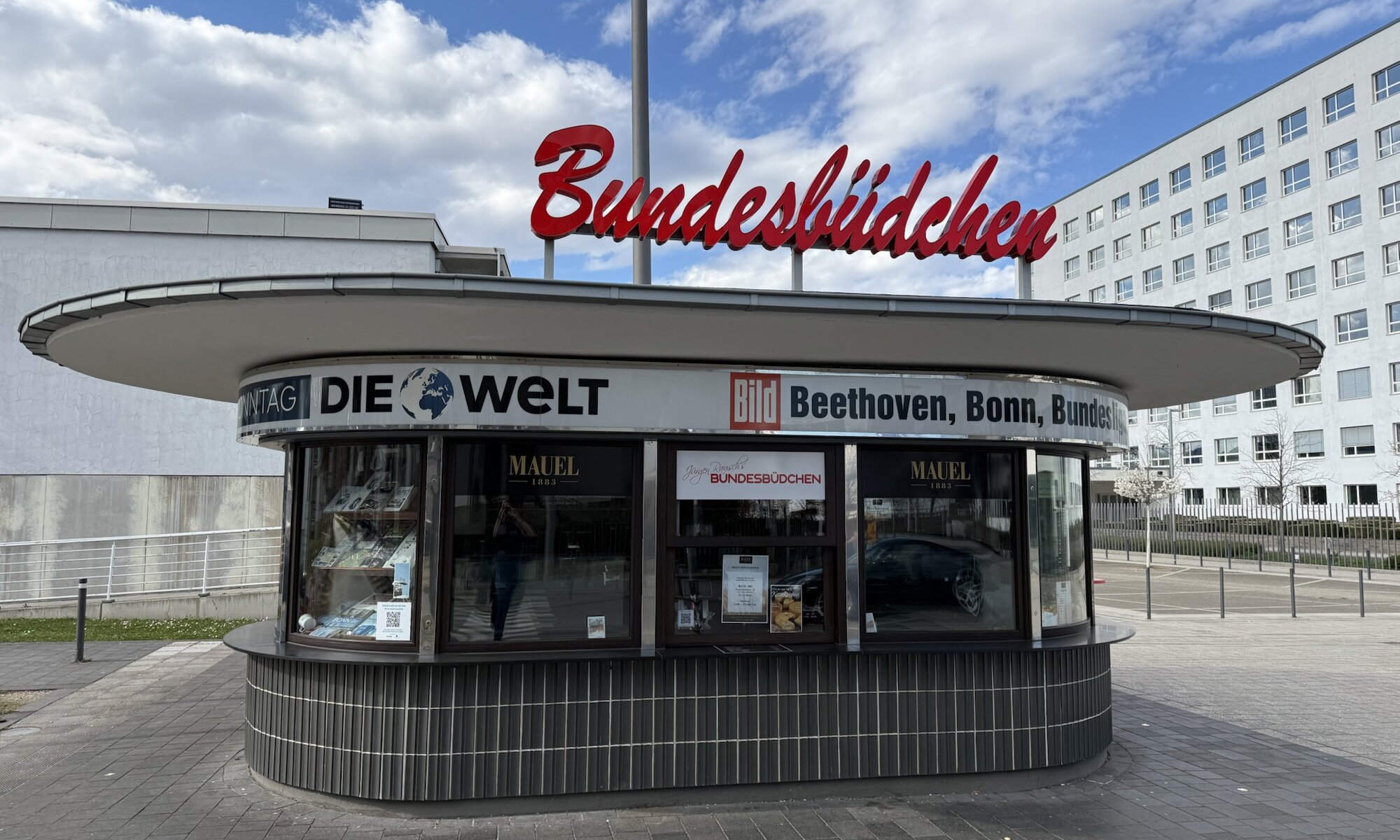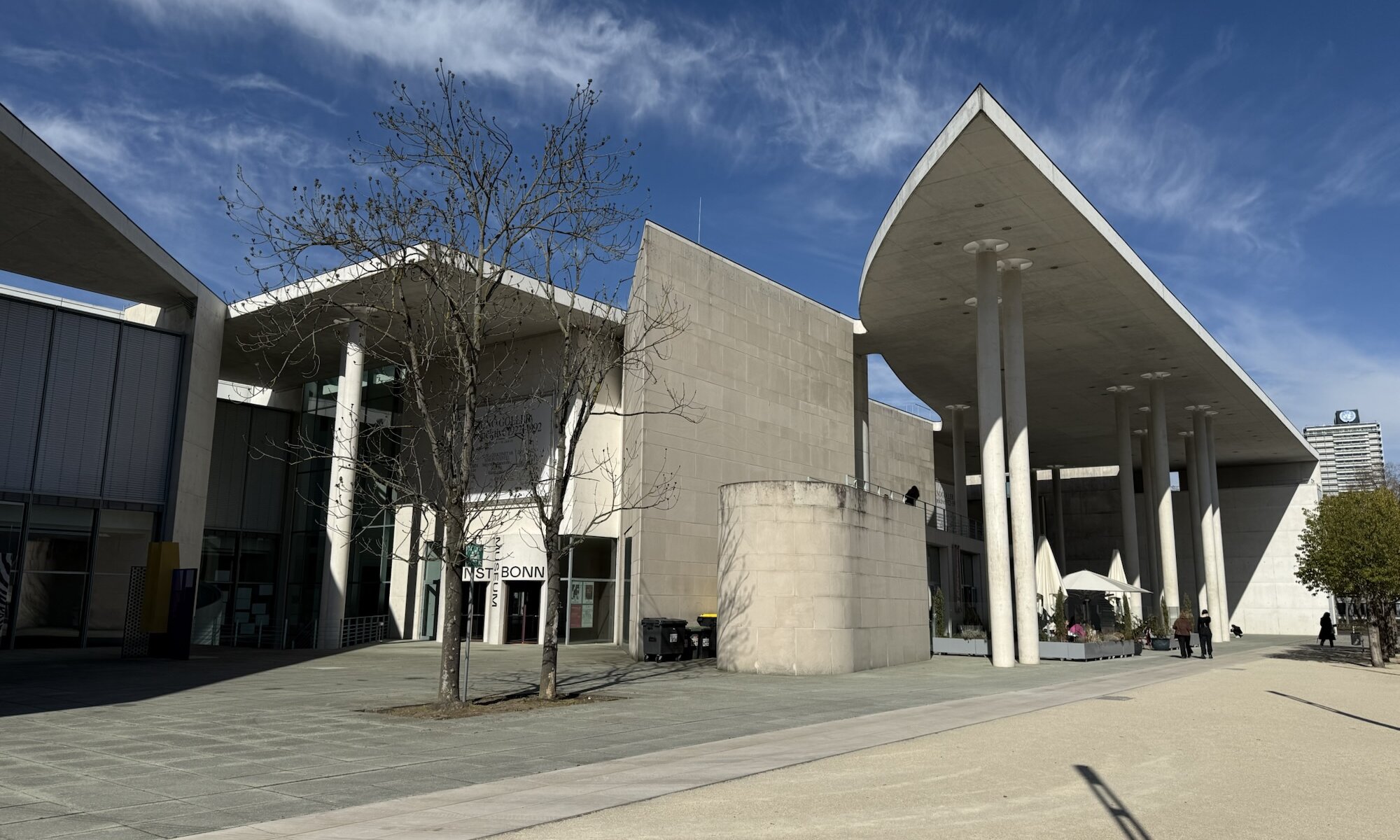The Jasmine revolution in Tunisia was a pivotal event that ignited the broader Arab spring movement across the Middle East and North Africa. It began in December 2010 when Mohamed Bouazizi, a young street vendor in the town of Sidi Bouzid, set himself on fire in protest against police corruption and economic hardship. This desperate act resonated deeply with Tunisians, sparking widespread demonstrations against unemployment, poverty, political repression, and corruption under the authoritarian regime of President Zine El Abidine Ben Ali, who had ruled for over two decades.
Continue reading “Jasmine revolution”Moldova
Moldova, a landlocked country in Eastern Europe bordering Ukraine and Romania, has a rich and complex history spanning from prehistoric times to modern independence. The territory was part of the Principality of Moldavia from the 14th century until 1812, when it was ceded to the Russian Empire by the Ottoman Empire. After briefly uniting with Romania in 1918, it became part of the Soviet Union in 1940 as the Moldavian SSR. Moldova finally emerged as an independent republic following the collapse of the Soviet Union in 1991. Since 2020, under the presidency of Maia Sandu, the country has pursued a pro-Western and anti-corruption agenda.
Continue reading “Moldova”Transnistrian ruble
The Transnistrian ruble is the official currency of Transnistria, a breakaway region in eastern Moldova that is not internationally recognized. The ruble, divided into 100 kopecks, was first introduced in 1994, replacing provisional issues and old Soviet banknotes that had been stamped with local symbols. Early issues suffered from high inflation, leading to frequent overprints and the eventual creation of a local mint in Tiraspol in 2005. Today, the currency features both banknotes and distinctive polygonal coins made from composite materials, with designs often depicting historical figures like General Suvorov.
Continue reading “Transnistrian ruble”Pridnestrovie
Pridnestrovie, also known as Transnistria or officially as the Pridnestrovian Moldavian Republic (PMR), is a narrow strip of land located between the river Dniester and the Ukrainian border. This unrecognized breakaway state declared independence from the Moldavian SSR on September 2, 1990, following tensions that arose during the dissolution of the Soviet Union. The region has historically been a multiethnic borderland where Moldovans, Russians, and Ukrainians make up the majority of the population, and it has been ruled by various powers throughout history, including the Ottoman Empire, Russia, Ukraine, and the Soviet Union.
Continue reading “Pridnestrovie”Moldovan leu
The Moldovan leu is the official currency of the Republic of Moldova, introduced on November 29, 1993, following the country’s declaration of independence from the Soviet Union. Before the leu, Moldova used a temporary currency called the cupon, which replaced the Soviet ruble for a short period. The introduction of the leu marked a significant step in Moldova’s transition to a market economy and the establishment of its independent monetary policy.
Continue reading “Moldovan leu”Multifaceted
Weimar is a city in the German state of Thüringen, situated along the river Ilm. With a population of around 65,000, Weimar is renowned for its rich cultural heritage and its pivotal role in German and European history. The city’s origins trace back to at least the 10th century, and it developed around a medieval castle and early churches. Over the centuries, Weimar grew from a small settlement into a significant urban center, especially after it became associated with the ruling houses of the region.
Continue reading “Multifaceted”Friedensstadt
Osnabrück, located in Lower Saxony, is a city steeped in history and culture. Founded by Charlemagne in 780, it became an important bishopric and trading hub during the Middle Ages. Its name likely derives from the Low German words for ‚ox‘ and ‚bridge‘, reflecting its early significance as a crossing point over the Hase river. Osnabrück played a pivotal role in European history as one of the cities where the Peace of Westphalia was signed in 1648, ending the Thirty Years’ War. This treaty marked a turning point in diplomacy and religious coexistence, earning Osnabrück the title of ‚City of Peace‘ (Friedensstadt).
Continue reading “Friedensstadt”Bundesstadt
Bonn, one of Germany’s oldest cities, played a significant role during the period of German separation. After World War II, it was chosen as the provisional capital of West Germany in 1949 due to its modest size and distance from Berlin’s Nazi legacy. Bonn became a symbol of West Germany’s democratic rebirth and hosted key political institutions, including the Bundestag and the Federal Chancellery. This status persisted until reunification in 1990, after which Berlin was reinstated as the capital. However, Bonn retained some federal ministries and became a model for balancing regional development.
Continue reading “Bundesstadt”Museumsmeile
The Museumsmeile in Bonn, located along Adenauerallee, is a cultural hotspot featuring four renowned museums that showcase art, history, science, and nature. Visitors can explore these attractions conveniently and enjoy the nearby Rheinauenpark or the river Rhein for a relaxing walk afterwards.
Continue reading “Museumsmeile”Puente terrestre
Centro America typically consists of seven countries: Belize, Costa Rica, El Salvador, Guatemala, Honduras, Nicaragua, and Panama. This region, nestled between North and South America, offers a diverse range of attractions, from ancient Mayan ruins to lush rainforests and pristine beaches. It is an area of the world less known to the average European, but especially Spanish, German and French travelers are showing an increasing interest in Centro America. The region’s appeal lies in its rich cultural heritage, including 20 UNESCO World Heritage Sites, as well as its focus on sustainable tourism and biodiversity. However, concerns about political instability in some countries and lingering effects of the pandemic may deter some tourists.
Continue reading “Puente terrestre”